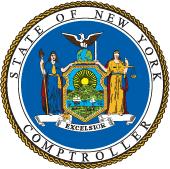Fiscal Stress Close-Up Indicator Report, June 2015
Fiscal Stress Monitoring System (FSMS) has five categories of indicators: fund balance, liquidity, short-term debt, operating deficits, and fixed costs. These indicators contribute to a local government’s final classification of Significant Stress, Moderate Stress, Susceptible to Stress or No Designation.
